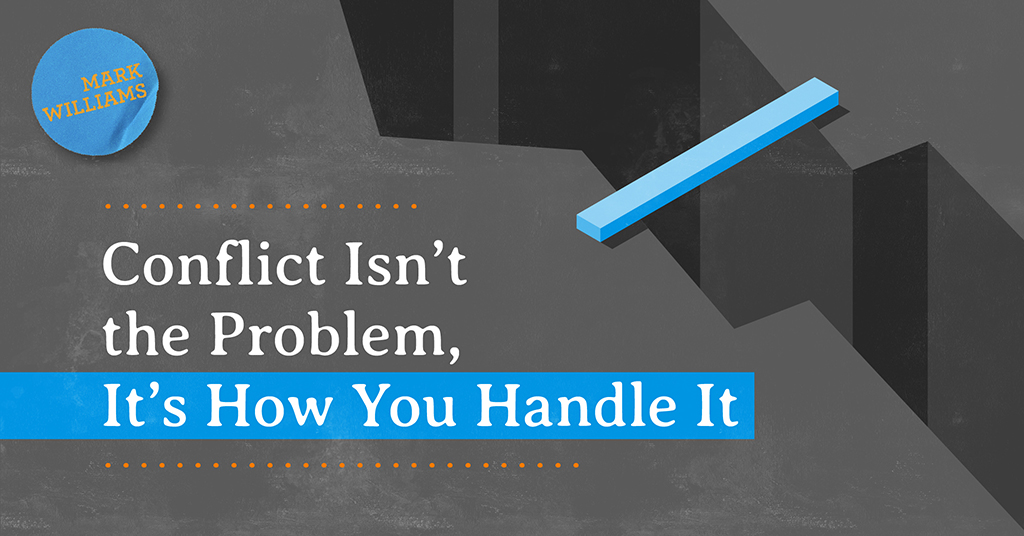Let’s be honest, conflict at work is inevitable. You put a bunch of people with different backgrounds, personalities, and habits in one place. Sparks are bound to fly now and then. But I’ve learned that the conflict itself isn’t the real issue. The real challenge is how you respond to it.
Years ago, I had a situation pop up that might seem small on the surface, but it could’ve become a much bigger problem if not handled carefully. Two employees were sitting near each other. One wore a lot of cologne, like a lot. The other was clearly bothered by it. Now, I could’ve punted it to HR or ignored it and hoped it would resolve itself. But instead, I sat down to understand both sides.
What I found was simple but important. The employee wearing the cologne? Just doing what they always did, nothing malicious. The other employee? Sensitive to smells in general. It wasn’t about one person being wrong and the other being right. It was about finding a solution that respected both individuals.
So, we had a conversation. A real one. We talked through the concerns, we came up with options, like dialing back the cologne or moving workstations, and we landed on a fix that worked for everyone. No drama, no HR escalation, no lingering resentment.
That experience reminded me; good leadership means being willing to step into uncomfortable situations and lead through them, not around them. It’s about listening, not reacting. It’s about asking questions before making assumptions. And sometimes, it’s about being the person who says, “Let’s figure this out together.”
Conflict doesn’t have to divide your team. If handled well, it can actually strengthen trust. People want to feel heard. They want to know that when something’s bothering them, it matters. And they want to see their leaders show up, not just when things are easy, but when they’re a little messy.
So, next time a conflict pops up on your team, don’t run from it. Step in. Ask questions. Listen. Lead. That’s what your team really needs from you.

